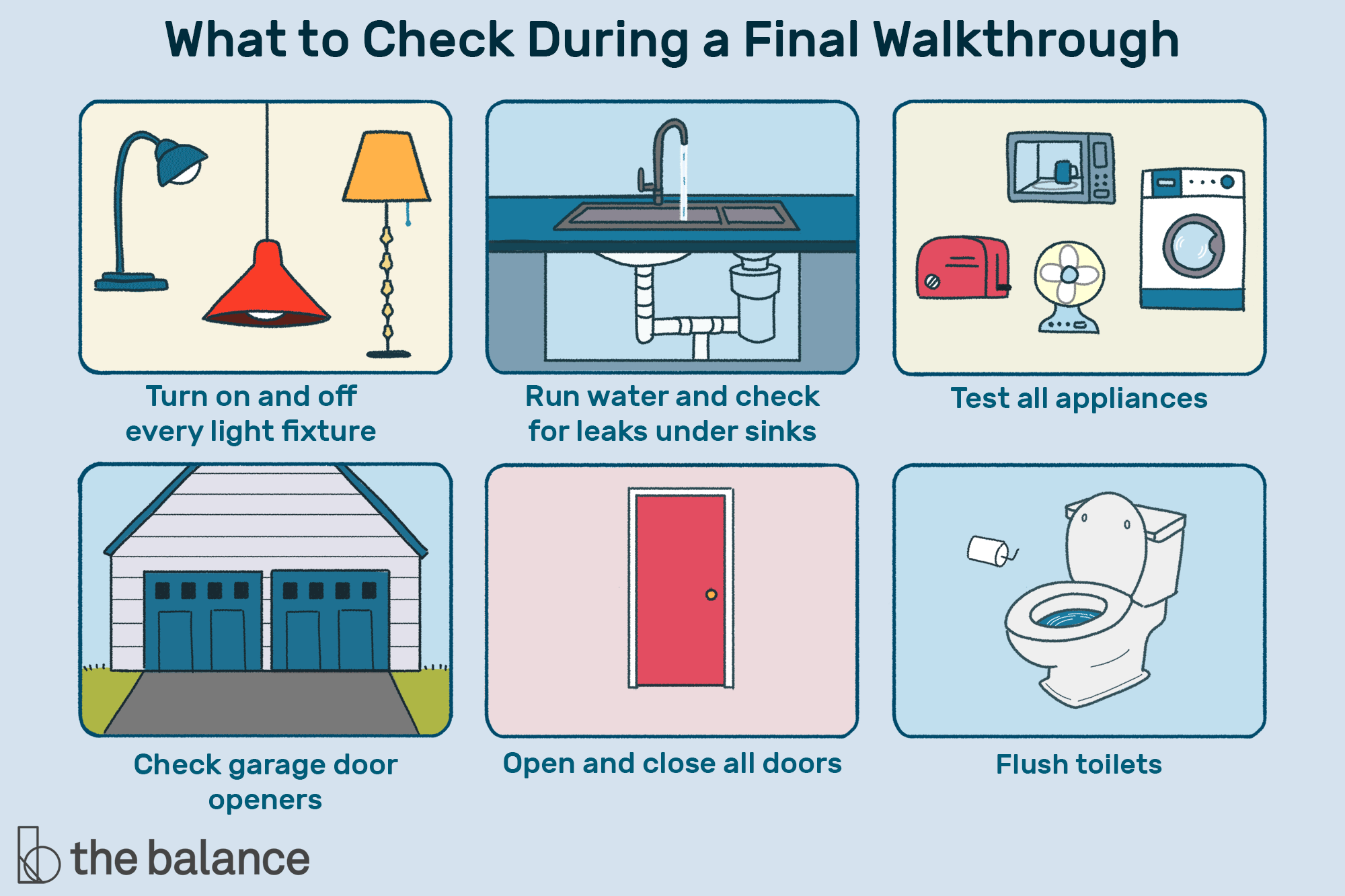
01 Feb What to inspect when buying a home?
It goes like this, before you buy something, and a friend had described it to you in detail ”warts and all”, it would have helped in shaping your ideas in the purchase of that something.
Well the same goes for when buying a car or a house. These are major purchases for most people and for some it is the single most important investment in their live. This being the case then, would it then not make sense that before buying, some one thoroughly checks out your proposed purchase before a final commitment is made on paper in the form of an offer to purchase. Preferably a mate in the building industry or a professional inspection institution can be called upon to give an unbiased opinion based on the structural nature of the building.
The things that a buyer should be aware of is that firstly the foundation, walls and roof construction are sound, as theses components constitute the shell and anything else is purely cosmetic.
Firstly the foundations:- If they are Limestone, then one would have to appreciate that they are large chunks of rock, shaped and placed into a hand dug trench and mortared into position, there was never any compaction carried out to the soil below the first laid limestone, hence the ground could move and settle as the weight of the walls was placed upon the Limestone. Large homes were built upon the limestone foundations and later the settling took place and was and still is evidenced in settling cracks noted on wall.
These days we build the foundations a different way, mostly it is a concrete perimeter beam and a floating slab is resting on top of these footings. This latter method is built on soil that has been compacted to a uniform compaction. If this compaction is not uniform then uneven settling can be the major source of settling cracks, as the foundation settles under the weight of the walls and roof. The importance of uniform compaction is so vital that theoretically, if the compaction was uniform then no settling would occur.
The importance of keeping the perimeter foundation at a constant moisture level is equally as important since a constant change in concentrated moisture levels content will cause the soils supporting the perimeter footing beam to move. This movement is transferred to the walls and settling cracks appear over windows and doors as these are the most vulnerable areas. So it is important that the down pipes are connected to soakwells which are at least 1.8 meters away from any footing.
Next week we will continue with this, so that by the end, you will have a comprehensive check list.



